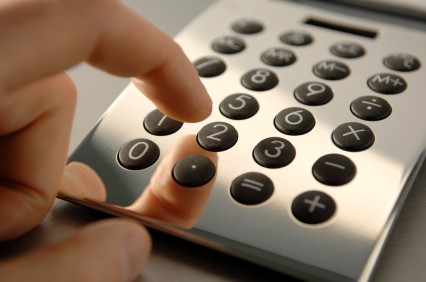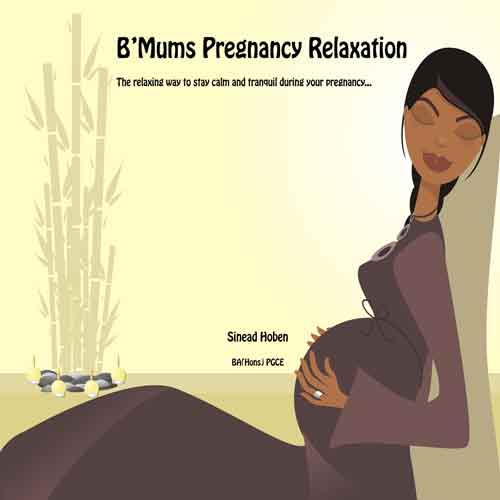Expressing Breastmilk
Many women are under the impression that it is necessary to own or use a pump to breastfeed. This is not so.
There are very few circumstances under which it is necessary to express your milk. But women are being encouraged to pump their milk and give it to baby via bottle for the most unnecessary reasons: Weddings, doctor’s appointments, shopping…why not take the baby with you? How can babies not be welcome at weddings? Or, “so the father can feed the baby”! Partners were not meant to feed babies milk, and giving a bottle is not really helping. But they certainly can help feed the baby by helping mother with compressions, for example, (see Handout 15: Breast Compression) and they can help mothers in so many other ways as well.
The pump should not replace the baby; you and your baby receive numerous benefits in addition to nutrition by breastfeeding. No pump is as efficient as the natural pump that was made for your body, your baby! A baby who breastfeeds well is the best pump, but, granted some babies don’t breastfeed well. You do not need a breast pump to breastfeed; uninformed use of a breast pump can lead to premature weaning.
There is more to breastfeeding than just the breastmilk.
Obviously, if you can pump a lot, you are producing a lot, but if you cannot pump a lot, this does not mean your milk production is low. Do not pump to “find out how much you are producing”.
The most effective artificial pumps are high-powered, double, electric, and hospital-grade with adjustable pressure and speed. There are many pumps on the market that are just not very good.
Improper use of a breast pump can lead to problems. Read all instructions thoroughly.
It is important that milk be expressed and/or pumped after the feed as the breasts should be as full as possible for the baby’s feeding. Babies respond to fast flow (see Handout 15: Breast Compression), and pumping before the feed will reduce the amount of milk in the breast.
Pumping Method
Pump immediately after the feed--waiting an hour or so decreases the likelihood the breast will be full as possible for the next feed.
Place nipple in the center of the flange (unlike nipple placement in baby’s mouth, which should always be off-centre and pointed toward the roof of baby’s mouth (see Handout A: When Latching).
Put the pump on the lowest setting that extracts milk, not the highest setting you can tolerate.
Pump for 15 minutes each side. If breasts run “dry” before 15 minutes is up, pump until dry then add 2 minutes.
Remember, pumping should not hurt. If it hurts:
Lower the suction setting
Ensure the nipple is centered in the flange
Pump for a shorter period of time
Cleaning the Pump
All pumping equipment should be sterilized before first usage, thereafter it only requires washing with hot, soapy, water or by dishwasher.
After each pumping: either place the pumping kit (not the tubes or motor)
in the refrigerator until the next pumping, or if not pumping the same day,
hot-water wash and hot-water rinse well, then air dry.
Remember to take apart all pieces of the pump for cleaning---including the
smallest pieces, and to ensure that no milk has clumped in the flange shaft.
Hand expression
Many women find that hand expression is an efficient way to pump when only occasional expression is required. In fact, when the milk production is not abundant (as in the first few days), it is often easier to get milk with hand expression than with a pump and many women fined this the easiest way to express mature milk as well.
Place thumb and index finger on either side of the nipple, about 3 to 5 cm (1-2 inches) back from the nipple.
Press gently inward toward the rib cage.
Roll fingers together in a slight downward motion.
Repeat all around the nipple if desired.
Breastmilk Storage
Unlike formula, breast milk is anti-infective, antibacterial, antifungal, and antiviral.
Breastmilk will stay good:
At room temperature for at least 8-12 hours.
In the fridge for at least 8-11 days.
In the freezer, at the back, for many months.
Get used to the taste and smell of breast milk so you’ll always know if it is good.
Due to the high fat content of breastmilk, storage of any kind will produce a separation in the liquid. This is normal; a gentle mixing will give it a homogeneous look once more.
Breastmilk may taste different after freezing; this is normal.
Never heat breastmilk in the microwave.
Babies will often take cold milk, but if heating is desired, or if milk needs to be defrosted, place container or bag of milk in a cup of warm water for a minute or two.
Encouraging the M.E.R. (milk ejection reflex) or “let down”
If your baby is not present, you can encourage the “let down” reflex artificially, by having a picture of your baby to look at, or by having a piece of his clothing next to you.
Apply a warm wet cloth to your breasts.
Massage the breasts in small circular motions around the perimeter of the breast.
Gently stroke your breasts with your fingernails in a downward motion toward the nipple.
Lean forward and gently shake the breasts.
Gently roll the nipple between your finger and thumb.
You may feel the milk ejection reflex or notice your breasts leaking or you may not. You are likely to pump more milk faster if you pump both breasts at the same time. You do not need to feel or be aware of the milk ejection reflex in order to make milk. Some women may feel thirsty, sweaty, sleepy, or dizzy during a let down. However, many women do not feel this milk ejection response ever in their whole breastfeeding experience. Some women only become aware of it after the first few weeks. This has absolutely no bearing on milk supply. Breast compressions, while pumping, can be very effective at increasing the amount expressed, it may be a bit awkward at first, but it can be done (mothers have fixed the cups so that they sit inside the bra and then use compressions) or the partner can do it.
Questions? (416) 813-5757 (option 3) or drjacknewman@sympatico.ca
or Edith Kernerman, breastfeeding@sympatico.ca or Jack’s book, Dr. Jack
Newman’s Guide to Breastfeeding (called The
Ultimate Breastfeeding Book Of Answers
in the USA.), or our Video/ DVD: Dr. Jack Newman’s Visual Guide to Breastfeeding.
Handout # 27. Expressing Milk. January 2005
Written by Edith Kernerman, IBCLC, RLC and Jack Newman, MD, FRCPC. © 2005
This handout may be copied and distributed without further permission, on the condition that it is not used in any context in which the WHO code on the marketing of breastmilk substitutes is violated.
For more information on expressing and storage of breastmilk see :
The Breastfeeding Network: Expressing and Storing Breastmilk (PDF)




